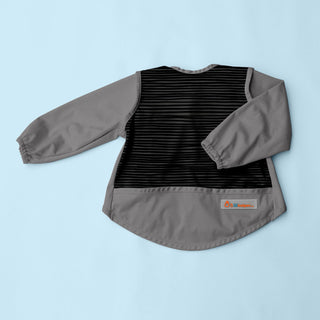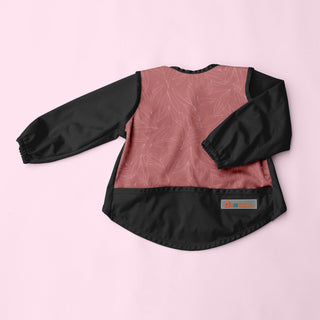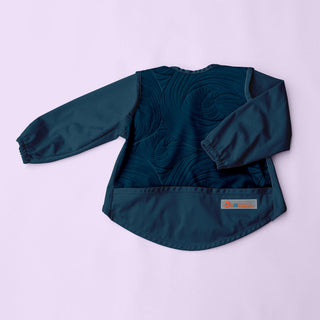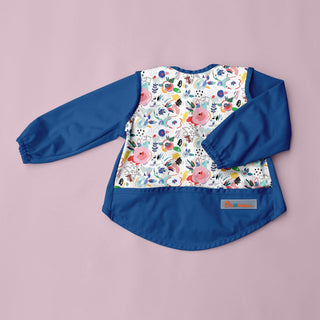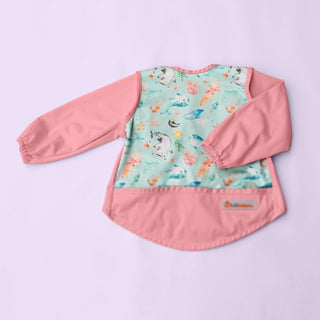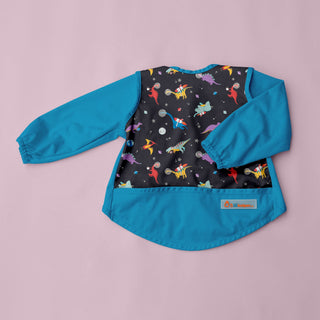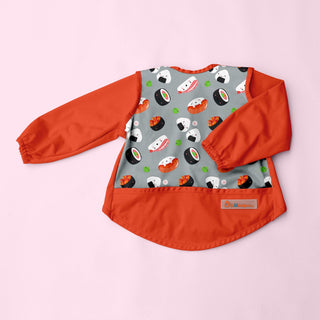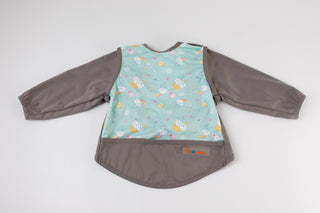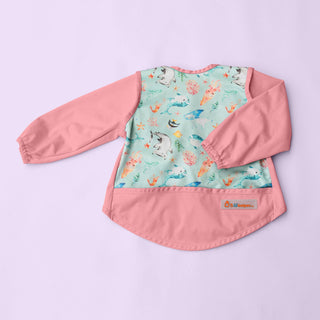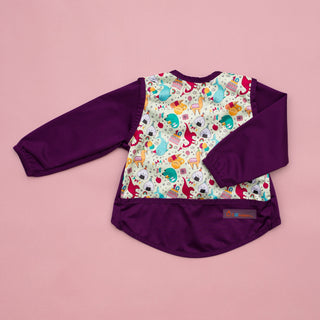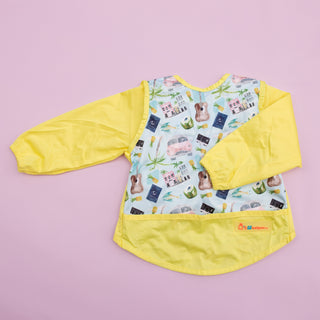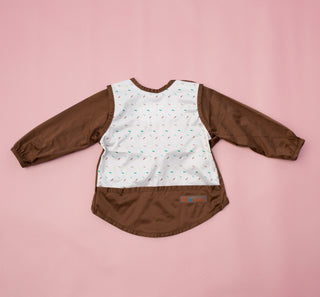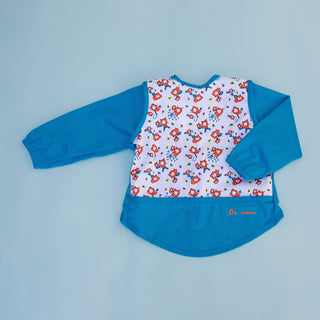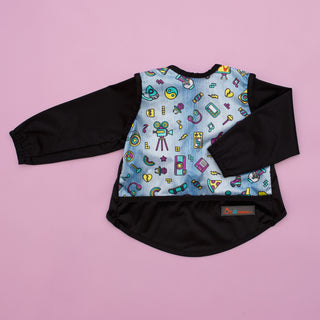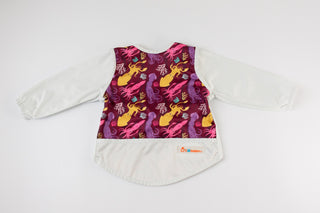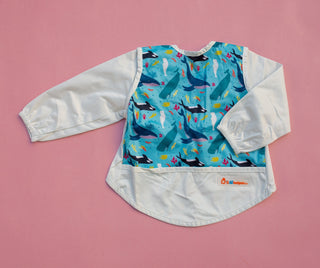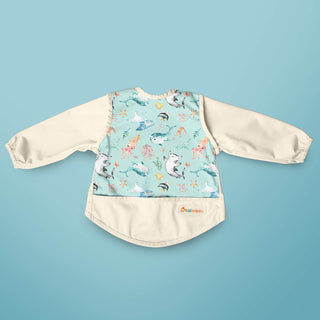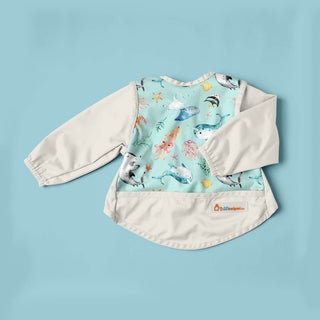
As parents, we all know the struggle of trying to enjoy a hot cup of coffee while keeping our little ones entertained. That's where sensory bins come in! These magical playtime setups not only provide hours of independent play for toddlers but also give us the chance to savor that precious sip of coffee while it's still hot.

In this blog post, we'll walk you through 7 simple steps to create exciting and engaging sensory bins for your little one.
Step 1: Gather Your Materials
To create a sensory bin, you'll need a few basic materials:
- A large container or bin
- Sensory fillers such as rice, beans, sand, or water beads
- Small toys or objects for exploration
- Optional: Lil Helper Smockets and Lifesaver Mats for easy cleanup
Step 2: Choose a Theme
Selecting a theme for your sensory bin can make the play experience even more immersive for your toddler. Some popular themes include ocean, farm animals, dinosaurs, or even colors and shapes. Don’t forget to think about any upcoming fun holiday themes as well!

You can also get creative with your filler! This spooky season, try a pumpkin goop sensory play time!
Step 3: Set Up the Bin
Fill your chosen container with the sensory filler of your choice. Make sure to leave enough room for your toddler to dig and explore without making too much mess. If you're worried about spills or messes, we’ve got you covered. Smockets are the perfect solution for keeping your little one’s clothes clean while they explore their sensory bins. And Lifesaver Mats go underneath to protect your floors. Less mess and less stress. More coffee.
Step 4: Add Toys and Objects
Now it's time to add some excitement! Place small toys or objects related to your chosen theme into the sensory bin. This could be miniature sea creatures for an ocean-themed bin or toy farm animals for a farm-themed bin. The possibilities are endless!

Don’t forget to add tools as well. Cups for scooping and pouring, tongs for grabbing, whisks for mixing. You probably already have these things at home! Added bonus - tools in your sensory bins give kids a great opportunity to practice their fine motor skills!
Step 5: Encourage Exploration
Invite your toddler to dive in and explore their new sensory bin. Encourage them to touch, feel, and manipulate the objects within the bin. This kind of hands-on play helps develop fine motor skills and sensory awareness. I like to leave a sensory bin out for them to discover on their own, it adds to the interest and excitement.
Step 6: Extend the Play

To keep the fun going, consider adding additional elements to your sensory bin. Add a new tool when interest starts to lessen. You could introduce scoops, spoons, or cups for pouring and transferring. Or you can incorporate different textures like fabric scraps or feathers for a tactile experience.
Step 7: Clean Up Made Easy
Once playtime is over, it's time to clean up. With Lil Helper Smockets and Lifesaver Mats, cleanup becomes a breeze. Remove the Smocket and your little one’s clothes are clean and ready for the next adventure! Gather up the Lifesaver Mat and hang to dry or shake it out outside depending on your activity of the day! Most of us shy away from sensory play as parents, but with the right tools you can bring sensory play inside with less wory.

In conclusion, sensory bins are a fantastic way to engage your toddler in independent play while allowing you to enjoy that hot cup of coffee. By following these 7 simple steps, you can create exciting and stimulating sensory bins that will keep your little one entertained for hours. So go ahead, grab your favorite mug of coffee, set up a sensory bin, and watch as your toddler explores their own little world of imagination!

The Smocket combines a bib and smock with a crumb-catching pocket, perfect for mealtimes and messy play. A must-have for your little one!






























